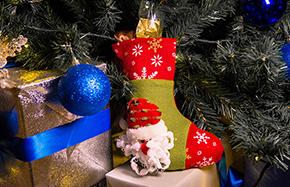Researchers working on glues inspired by mussels for fetal surgery
With new funding from the U.S. National Institutes of Health (NIH) and a partnership with pediatric surgeon Michael Harrison of University of California, San Francisco, who is known as the "father of fetal surgery," Messersmith is applying what he and others before him have learned about underwater superglue-making techniques that have been developed and elaborated upon through eons of evolution by mussels.
Harrison used a custom-made catheter to perform the first successful fetal surgery in 1981, to bypass a urethral blockage that might have led to fatal kidney damage, and to this day he maintains a research focus on improving tools and techniques used in fetal surgery.
"We have worried about this problem of fetal membranes leaking and causing pre-term labor and delivery for decades," Harrison said. "It's the Achilles heel of fetal surgery."
Working with Messersmith's lab team, Harrison hopes to at last experience success with a strategy that he calls "pre-sealing."
The idea is to use a needle to make a tented space between the uterine wall and fetal membrane without puncturing the membrane, and to then inject the sealant into the space.
The injected adhesive would rapidly cure and attach to both the fetal membrane and uterine wall. Then the surgeons could penetrate the amniotic sac with their instruments through the area covered by the sealant patch.
The approach should minimize and prevent the spread of any damage to the membrane during surgery, the research collaborators believe, and should allow a watertight seal to close around surgical instruments.
The researchers working on mussel-inspired adhesives for fetal surgery described the experiments in the recent edition of the Journal of the Mechanical Behavior of Biomedical Materials.
















